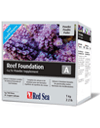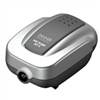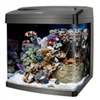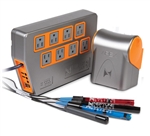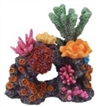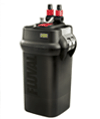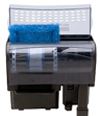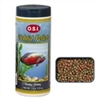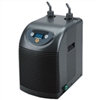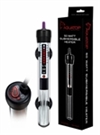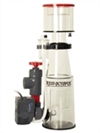Ten Aquarium Heater Tips & Video
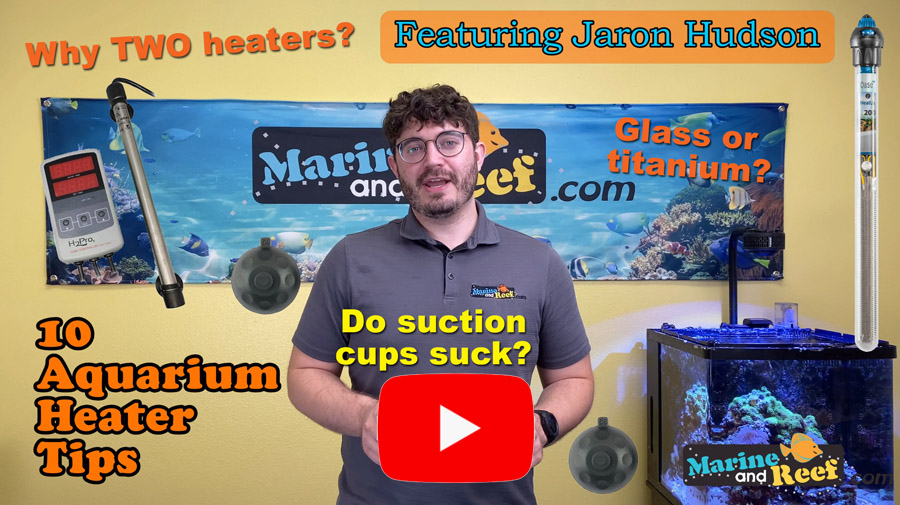
1. Do You Really Need A Heater?
Most aquarists think of heaters as essential for their aquarium, but they are not needed in many situations. If you keep your home at a constant 75-78 degrees year-round, then you likely wonít need a heater as most aquariums run slightly warmer than the ambient temperature due to the heat from pumps, lights, and other equipment. If you donít need a heater, then donít get one; heater failure is an extremely common cause of tank crashes leading to the death of all of the aquarium inhabitants.
2. Two Heaters Are Better Than One
Because heaters fail often, two half-sized heaters are always better than one. If one heater fails by staying in the
off setting, then the temperature decrease will be mitigated. If one heater fails in the
on setting, then it will only have half the heating power, which just might save you from cooking all of your fish. Since heaters are cheap, always buy two smaller heaters if you have a place for them.
In other words, instead of buying a 400-watt heater, get two 200-watt heaters.
3. Heater Controllers Are Awesome
Another great item to protect against heater failure is a temperature controller. This is a separate controller that will turn your heater off if the water gets too hot. With a temperature controller both the heaterís built-in controller and the separate controller need to fail for the tank to overheat. There used to be some stand-alone heater controller options, but they are not popular these days because the cost of complete aquarium controllers have become so affordable they're the best option for those who want a heater controller. The
CoralVue Hydros Control 2 Starter Pack (HDRS-C2PK) is a great affordable controller with a heater controller function built in.
4. Aquarium Heaters Should Never Run Dry
It is very dangerous for heaters to run dry. If a heater runs dry, it can cause the glass housing to crack or the cap of a titanium housing to melt. This can electrocute your fish, poison them with the internal components of the heater, or even start a fire. Make sure to keep your heaters in a location that should never run dry. The best choices for heater placement are the main display tank, the skimmer section of your sump or an AIO with a fixed water level. With
Lifegard Aquatics Modular Filtration Systems, you can mount the heater inline with a canister filter.
Many filters from OASE have built-in heater options (
BioMaster /
FiltoSmart).
5. Aquarium Heaters Can Burn Fish
Fish and invertebrates have been known to get burned by heaters in the main display tank. Some common victims of heater burn are betas, freshwater or saltwater rays, and anemones. Small heaters often don't have enough power to burn a fish but large titanium heaters do. If you are worried about burning fish use two small heaters to reduce the amount of heat from one location, and do your best to keep heaters out of the display and inside a filter like a sump, canister filter, or AIO compartment.
6. Heaters Have Temperature Sensors
Every heater has a temperature sensor that tells the heater when to turn on and off. With most heaters, the sensor is built in, but with others the sensor is a separate probe. When the heater is in the main display the water around the heater might be the correct temperature but the water on the opposite side will be too cold. This is because the heater only knows the temperature by the heater. To avoid this place your heater in a location of high water flow so that the heat from the heater is more evenly distributed. If your heater has a separate sensor make sure that this sensor stays submerged. If the sensor comes out of the aquarium, then the heater will often turn on thinking the water is cold but really the heater is reading the air temperature, not the water temperature. This can lead to a fish boil.
7. Pick The Proper Sized Heater
You do not want a heater that is too large or too small. A small heater will not heat the aquarium adequately. Too large of a heater makes heater failures more dangerous and increases heater ware because the heater will turn on and off more frequently due to how fast the heater will heat the water. We recommend 3 watts of heater per gallon to give a 5-degree temperature increase. For example, if you would like a to heat 50-gallon aquarium 5 degrees or less you could use a 150 watt heater if you need to heat the same aquarium 10 degrees you would want at least a 300-watt heater.
8. Heaters Draw Lots of Power
There is a good chance that your heater will be the highest power consumption item on your tank. Keep in mind that most home circuits can provide a max of 15 amps. 1000-watt heaters can draw 9 amps by themselves with other items plugged into the same circuit it is common to trip breakers when using large heaters. If you need a heater greater than 1000 watts, then you will likely need to purchase an industrial inline heater and have an electrician directly wire the heater.
9. Glass or Titanium
Heaters come in both glass and titanium. Some customers prefer one or the other because they believe one is more durable than the other. Our experience is that they are about equally reliable. Both glass and titanium heaters can break open and poison the tank. Because the cost of heaters is not great and the consequences of a failed heater are high, we recommend replacing all heaters every five years.
A major difference between glass and titanium is that glass transfers heat much more efficiently than titanium so glass heaters will heat the water faster than titanium heaters. Because of this, some manufacturers recommend a higher-wattage titanium heater than a glass heater for the same-sized aquarium. We do not recommend this as the speed of heating is not crucial and an oversized titanium heater will be far more dangerous if it fails in the
on position.
10. Suction Cups Suck (pun intended)
We have never found a suction cup that works for any extended period of time. It may work for a week or even a month but eventually, suction cups will stop sucking.
Some sumps like those from
Fiji Cube include heater mounting brackets, and some filters such as
Oase BioMaster Thermo Canister Filters,
OASE BioStyle Thermo Power Filters, and
OASE BioPlus Thermo Internal Filters have built-in heaters, Lifegard aquatics also makes a
Heater Module to keep your heater in line with your canister filter or sump return pump.
IceCap Magnetic Heater Mounts will keep your heaters firmly mounted to the glass of your aquarium or sumps, which will keep things tidy and tucked away. IceCap also makes a dual heater mount so that you can keep your dual redundant heaters neatly attached together.







